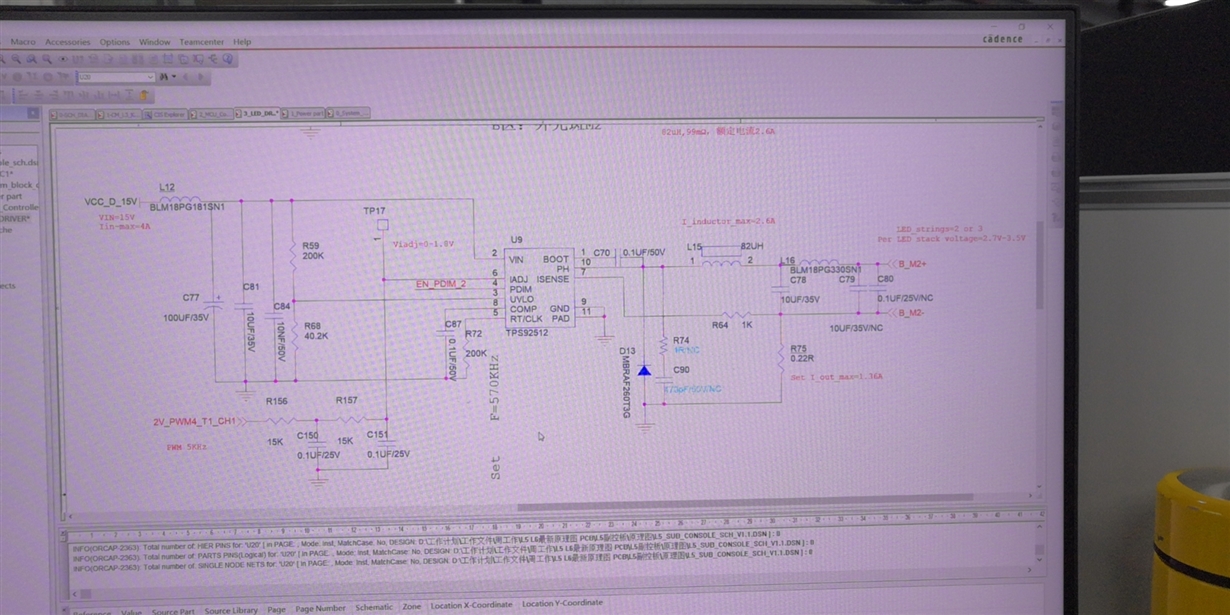Other Parts Discussed in Thread: TPS92640, TPS92641, LM3409
The circuit board with six-channel TPS92512 LEDdrives circuit adops analog dimming mode.when the analog voltage is the same ,the six channel output current is different,exceeding the allowable error rang.The sampling resistance is 0.22R,an the input power is 15v,the output inductance is 82uH,the output capacitance is10uF.May i ask what are the factors causing the difference in output curren



